No.240
Our favorite people and our favorite stories become so not by any inherent virtue, but because they illustrate something deep in the grain, something unadmitted.
— Joan Didion, Slouching Towards Bethlehem
I’ve been considering, lately, the idea of story, of narrative, of beginning and middle and end. Considering why we cling fiercely to certain tales instead of others, and feeling freshly alarmed at how differently the same story can be interpreted—take a single story, and its truths become split, or filtered, by however many people encounter them.
I feel this recently while sitting in an audience of people listening to a river ecologist talk about beavers within landscapes. The European beaver, Castor fiber, was hunted to near-extinction for its both its fur and castoreum, the latter a type of fluid excreted (known as exudate) by mature beavers that was used (is still used? I do not know) excessively in perfumery. As the years tipped into the twentieth century, the numbers of beaver across all of Europe were scarcely more than one thousand, and now, in the river-valley where I live, the beavers numbers are healthy—across the linked river system here, they number over one thousand. The only river within Scotland where they could be considered thriving, says the ecologist, and I think we are so fortunate to live here.
Listening to this ecologist, who explained study after study after study, though beautifully cushioned the sciencew with more light-hearted information and a touch of self-deprecation, it seemed so obvious to me that this animal needs to be reintroduced and provided protection wherever possible. Any plant or creature belonging to an ecosystem which we have violently or thoughtlessly removed, that evolved specifically to be there, to be there in a way that heals? Those things need to go back.
It is not difficult, I think. Surely, surely it is not so difficult. Surely, people do not need to discuss for years the viability or cost-benefits of reintroducing species that were always supposed to be in these places—after all, the issues specified seem to be either speculative, or the concern is that certain reintroductions are not compatible with the current way of doing things. Current ways of farming, of building, of eating. The thing is, those current ways of doing things are the main problem; our modern mass methods and extraction and fuels and growing have been swift in destroying the soils, the waters, the air.
Doesn’t it follow, in simplest terms, that the native things need to come back, that the intensive things needed to stop long, long ago. The hell-bent-ness of certain people to maintain destructive practices is unsettling at best, mind-undoing at worst.
So, beavers, with their dense fur and their intelligent eyes and their incredible teeth that change tree into sculpture, into coppice. (I have seen just one in the two or so years of living here, at 6 a.m. with no glasses and blurred vision down at the riverbank.)
Stories that I want to be able to wake from dreams and find true: It is decided that nobody can use war as a way to ‘resolve’ the emotional immaturities of powerful men; we realise that occupation of other places and other people is among the most embarrassing of notions; speaking of embarrassment, it becomes embarrassing to be cruel, embarrassing to kill, embarrassing to use pesticides, to drop litter, to use fireworks—all of it, embarrassing.
Other stories to be true: That we can love even louder than the noise pollution, that gentleness is something to foster, gently, that we listen to those who have known and breathed and cared for the lands longer than most can conceive of. We could do so much better, we could be so much more astonishing.
And yet, and still, and despite the fact of 186,000 murdered Palestinian people and an ancient and beautiful culture being actively and horrifically erased before our eyes, despite having not been able to paint a single new thing since October of last year, despite decades of becoming ever-more aware of every individual violence or carelessness within the world—there are evening primroses coming out in the garden, shocks of yellow, there was a moth I couldn’t identify on the plum tree yesterday, the house martins have hatched above the front door and serenade us to sleep with their persistent, tiny, hungry noises.

THIS WEEK I FELL IN LOVE WITH:
Photographs by Zapoteca artist Luvia Lazo from a series titled ‘Kanitlow, los rostros se pierden’ (Kanitlow, faces are lost).
“There is a word in Zapotec that we use to name the fact of someone or something disappearing, when a close friend is not close anymore, when someone stops visiting as often as they do, when things transform and change…”
This word, ‘kanitlow’, in the local Zapotec language seems to literally mean ‘I am losing your face’.
Some of us who live in arid parts of the world think about water with a reverence others might find excessive.
— Joan Didion, Holy Water (1977) in: The White Album
(Links and actions for a Free Palestine and Essays for a Free Palestine, a free ebook from Verso Books.)
Paid supporters of The Sometimes Newsletter receive several additional posts each month, including things like short stories, illustrated essays, and more detailed looks into creative processes. The most recent of these is a illustrated essay Flying Closer to The Sun:
Flying Closer to The Sun
We were flying too close to the sun. So the dust lies everywhere, on everything, and I can never quite get the dirt out from under my fingernails. I think back and can’t quite believe that we ever got anything done in the heat, when not even the dogs bothered to move from their shaded asylums and flies didn’t have the energy to be inconvenient. Fires spread quickly in summer, but there doesn’t seem to be much to burn. They evacuated everything not long before I arrived and it is only just beginning to get back to normal; flames have licked the sides of the mountain black and people have lost things, real things.




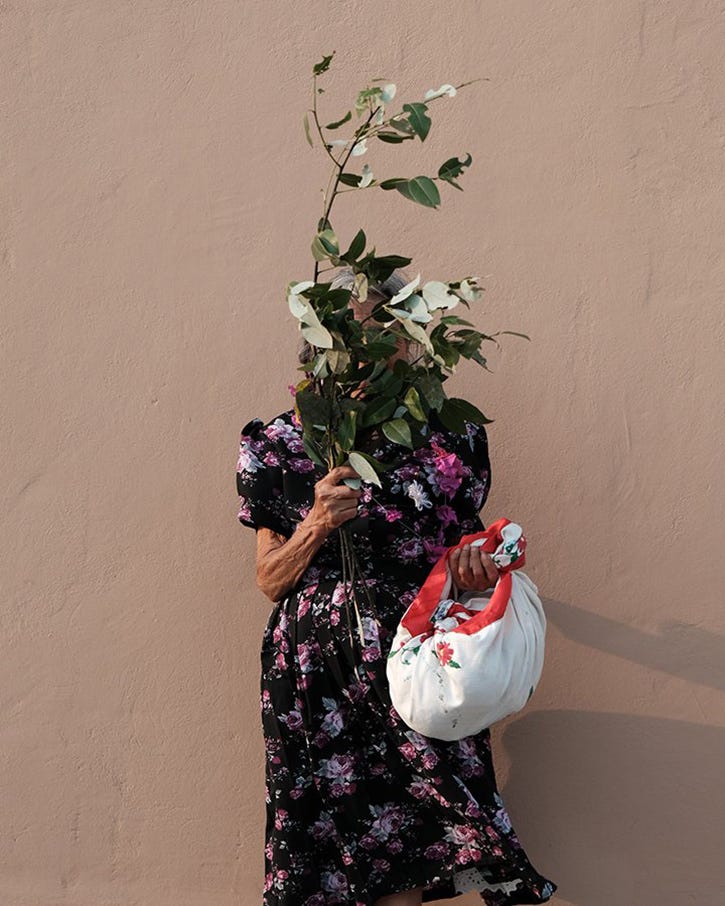
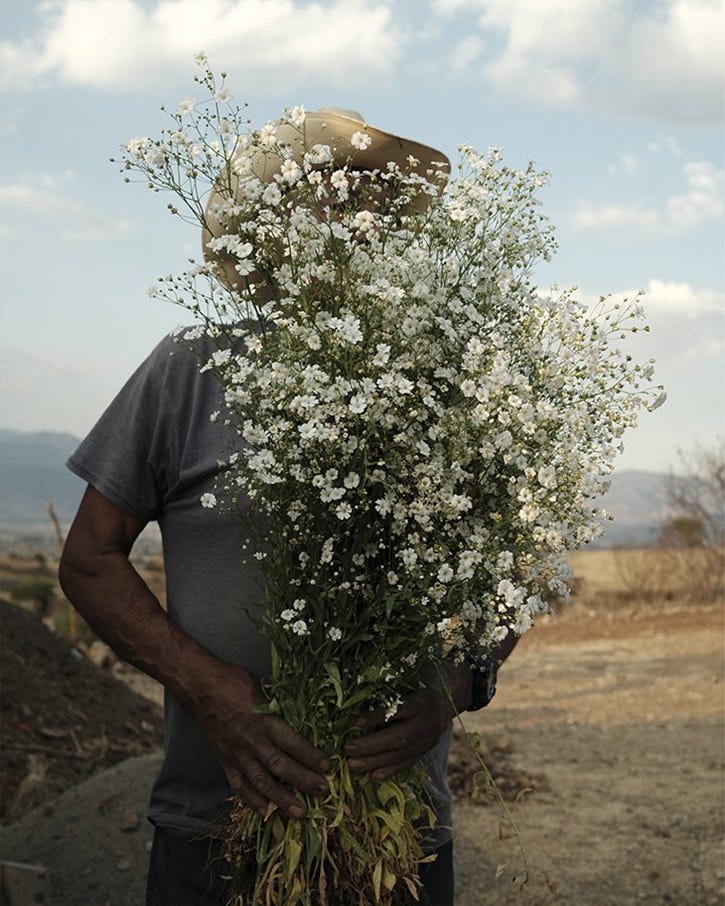
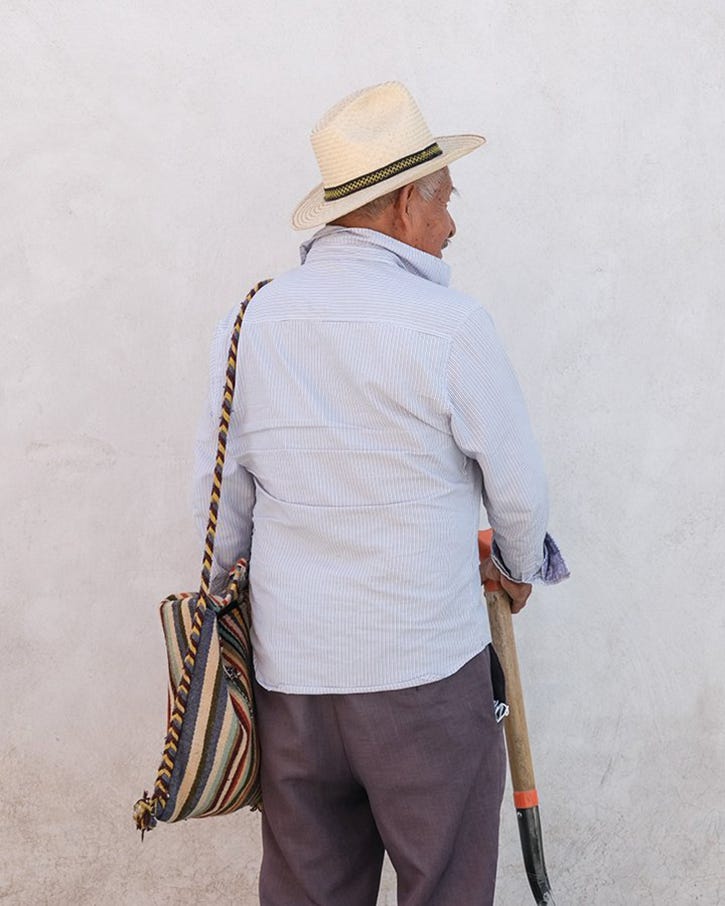
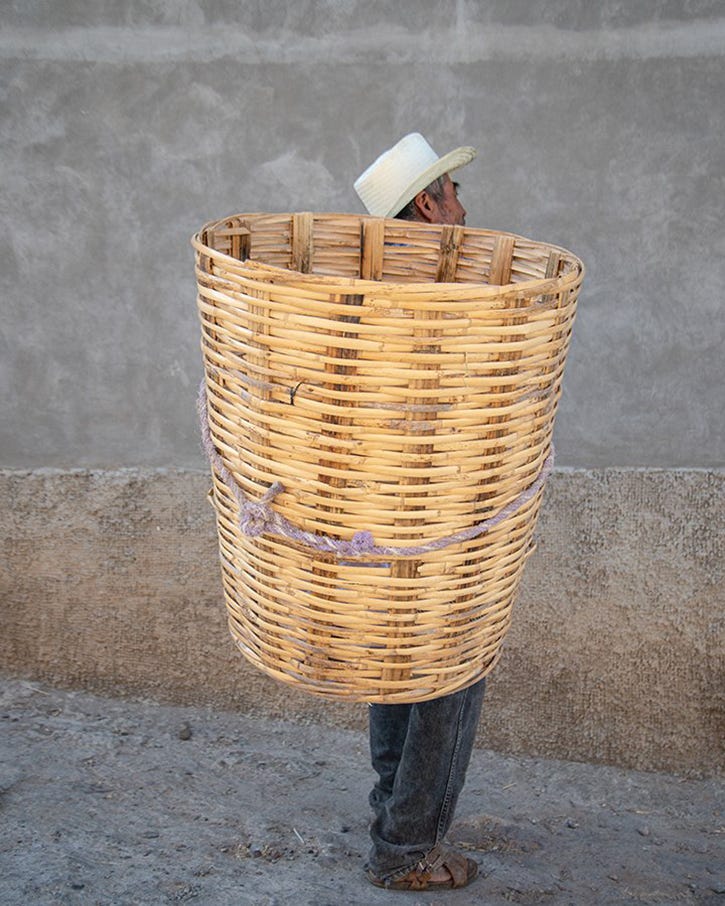
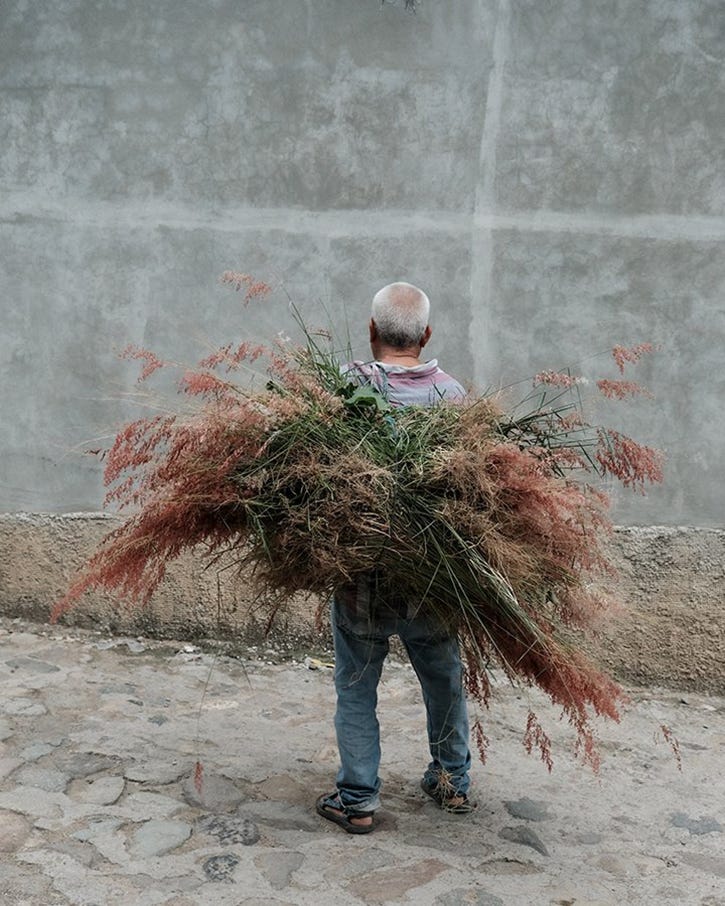
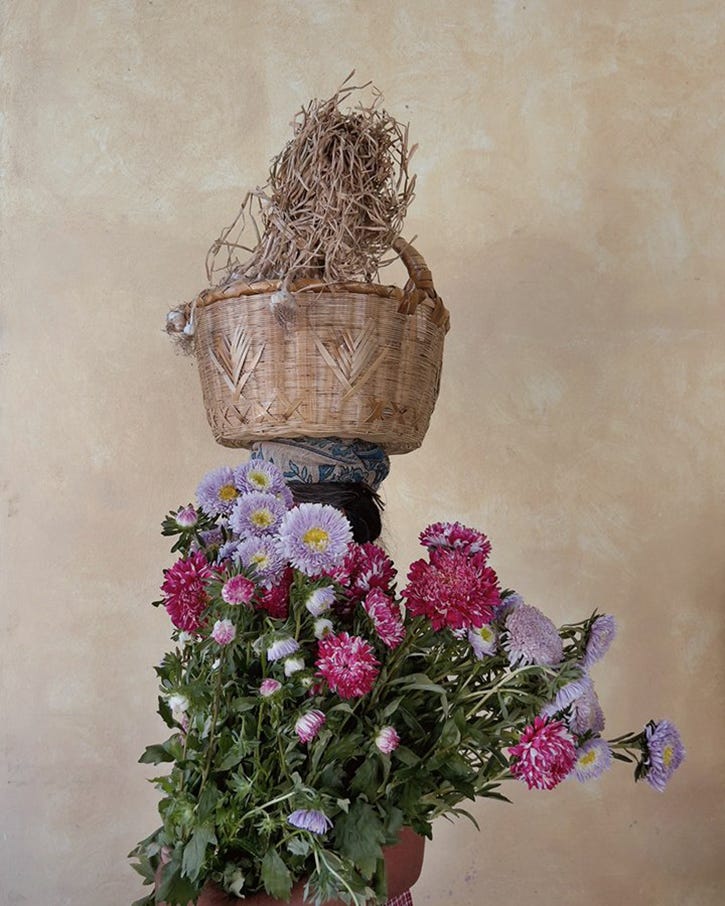


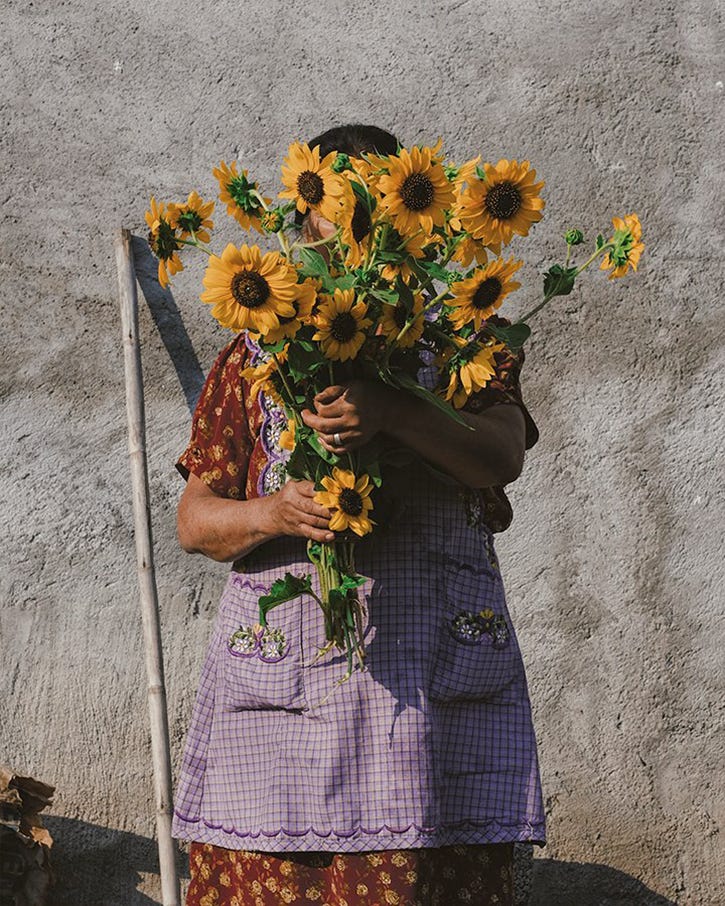



Your words made me feel less lonely, Ella. Speaking of narrative -- isn't it mad that we are still expected to believe that history started last October? That the cartilage of one fascist man-child deserves more coverage than dozens of children blown to bits? The other day, a friend told me I sounded angry all the time. But I don't know how to not be angry - I don't know how to be.
Oh I think you will love the new documentary ‘Wilding’ about Knepp Estate